Are you yearning for a home that feels both serene and inviting? Scandinavian interior design may well just be the solution you’re looking for. Known for its minimalistic elegance and functionality, this design style has captured the hearts of many who crave simplicity without sacrificing comfort.
Imagine walking into a space where natural light floods the room, clean lines guide your eyes, and each piece of furniture serves a purpose. Scandinavian design isn’t just about aesthetics; it’s about creating a harmonious environment that promotes well-being.
If you’re ready to transform your living space into a haven of tranquility and style, let’s explore the core principles and practical tips to bring this timeless design into your home.
Top 21 Scandinavian Interior Design Ideas And Styles
#1. Scandinavian Living Room Sofa
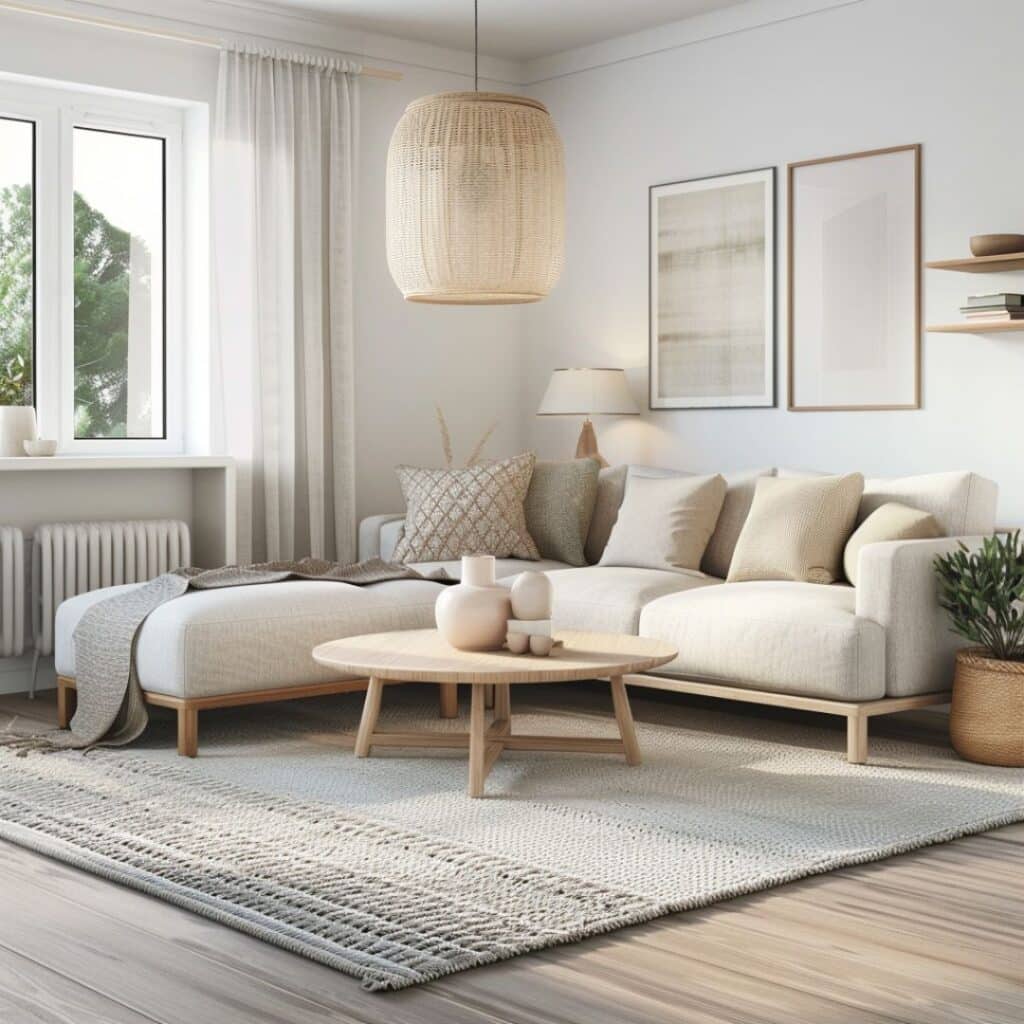
#2. Scandinavian Living Room Interior Design
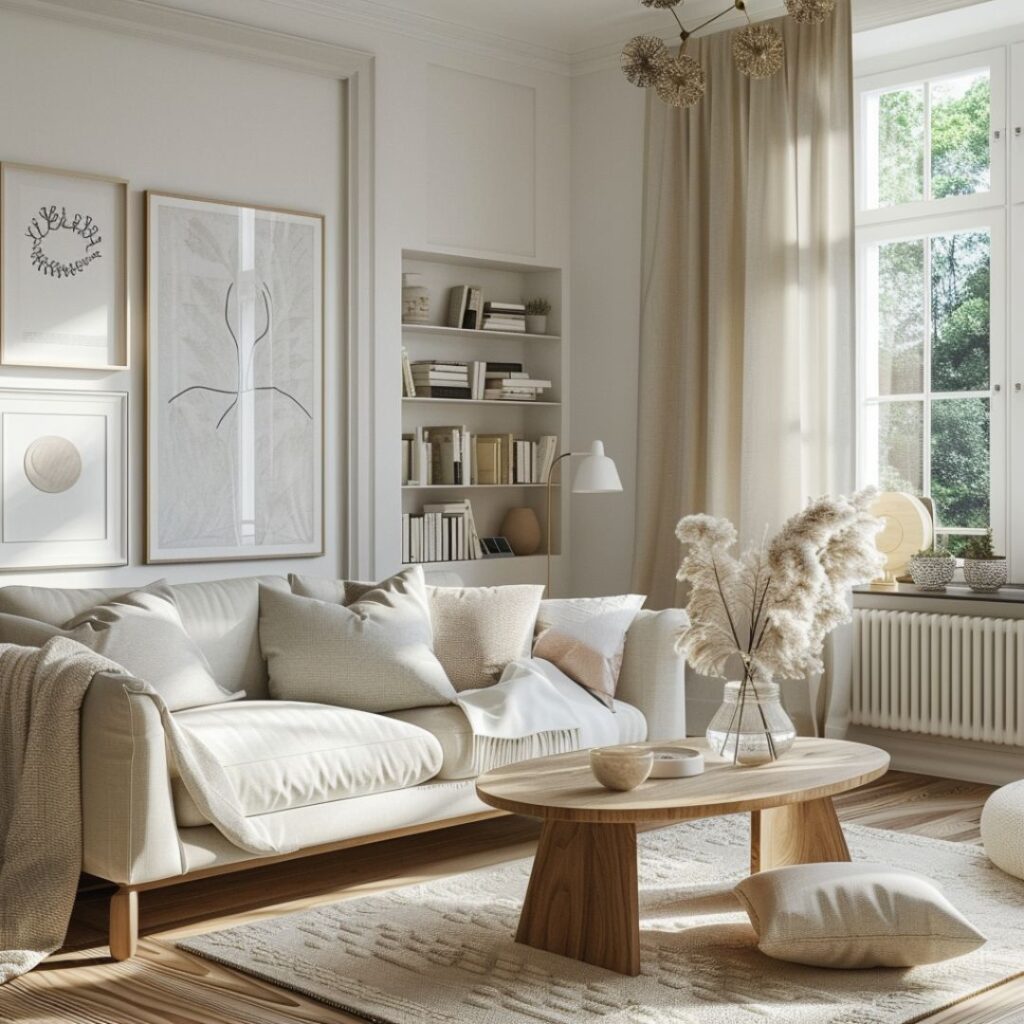
#3. Scandinavian Living Room Designs
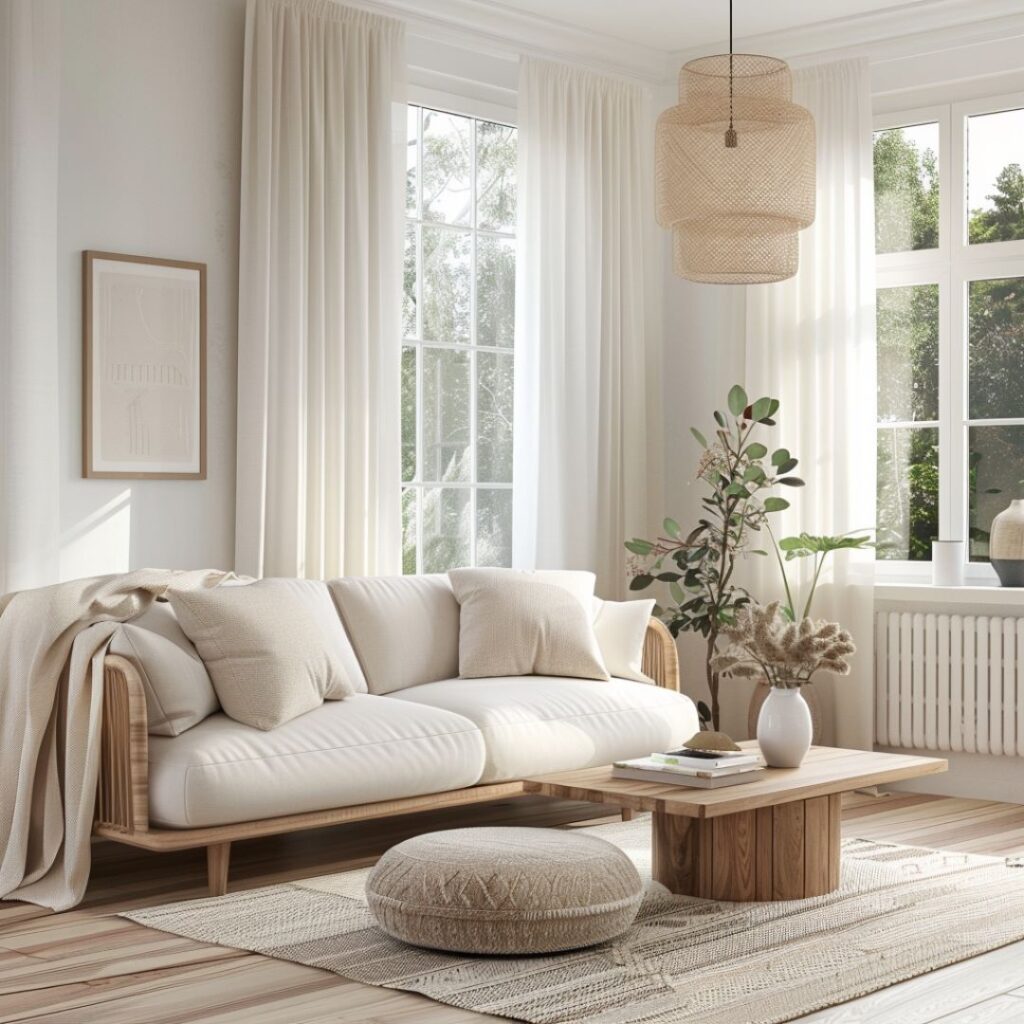
#4. Scandinavian Kitchen
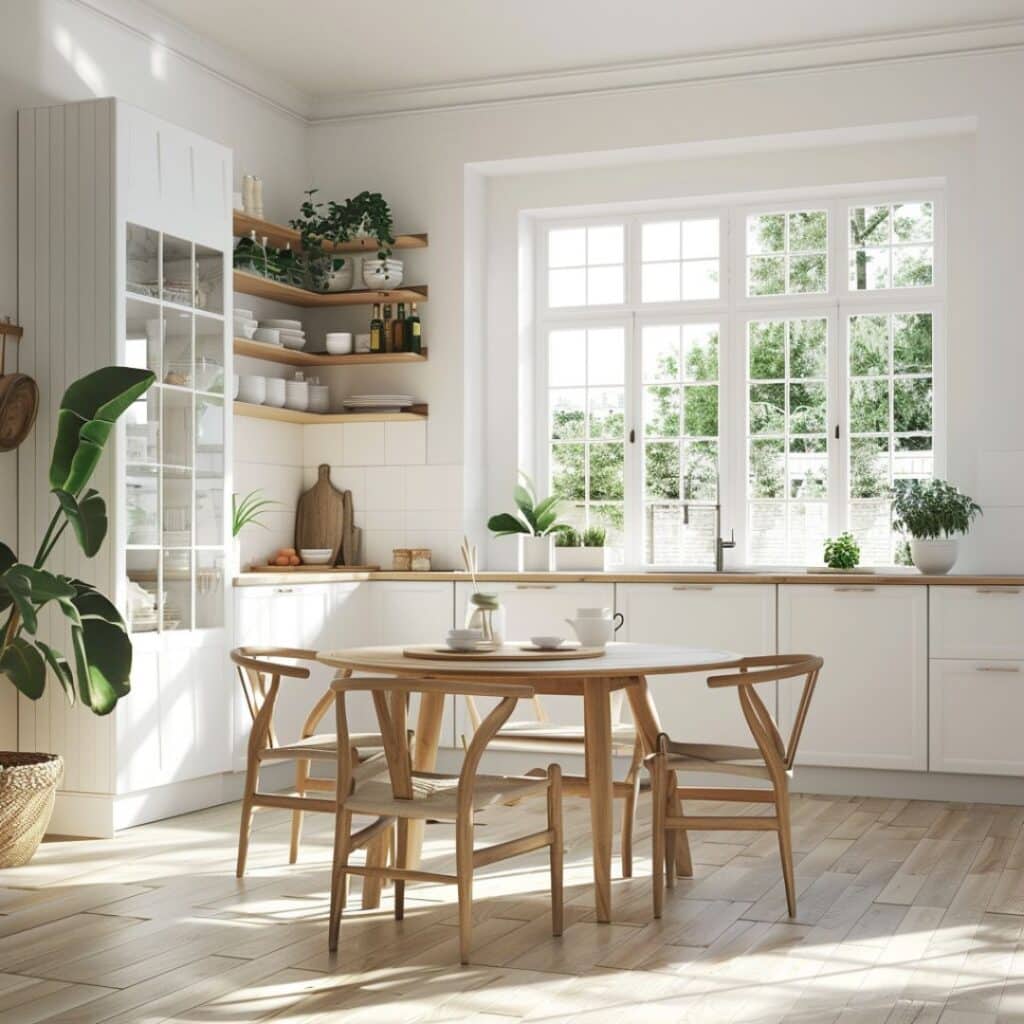
#5. Scandinavian Kitchen Table
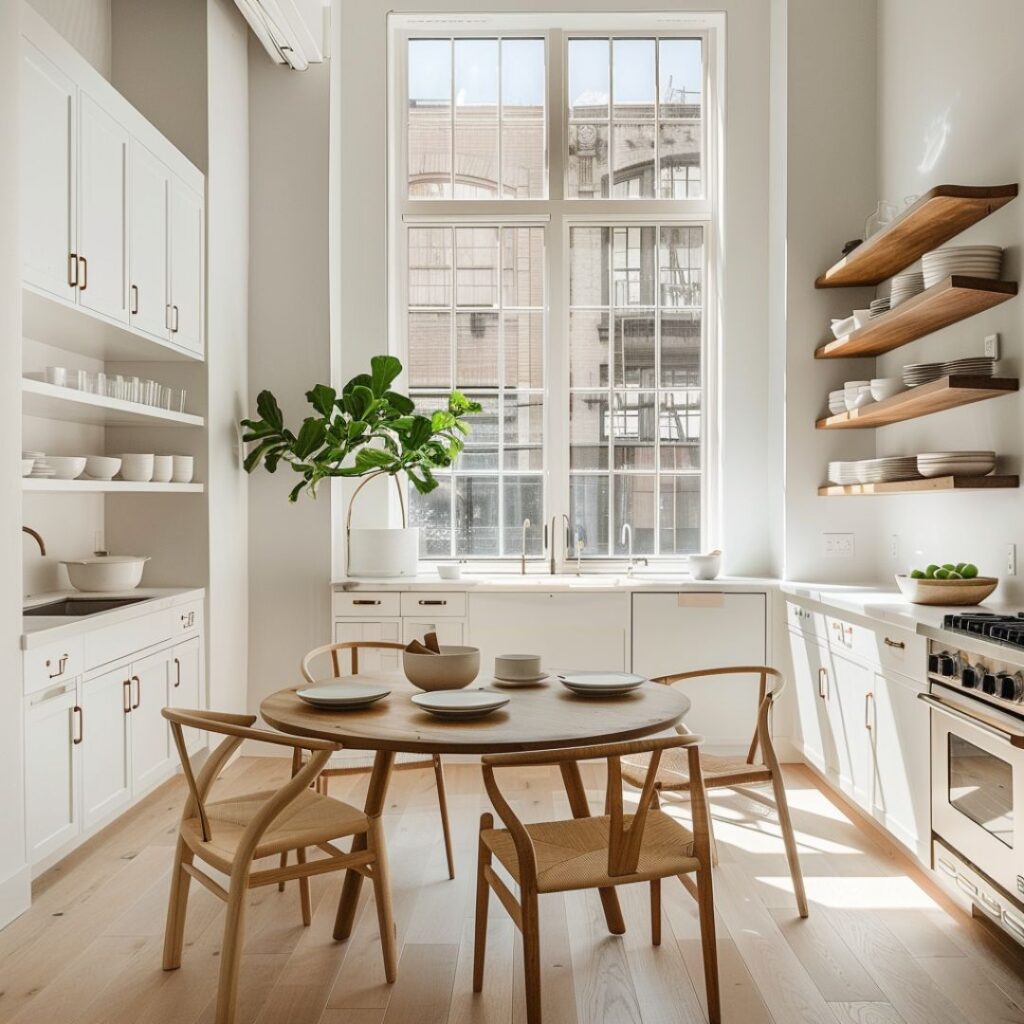
#6. Scandinavian Kitchen Stove
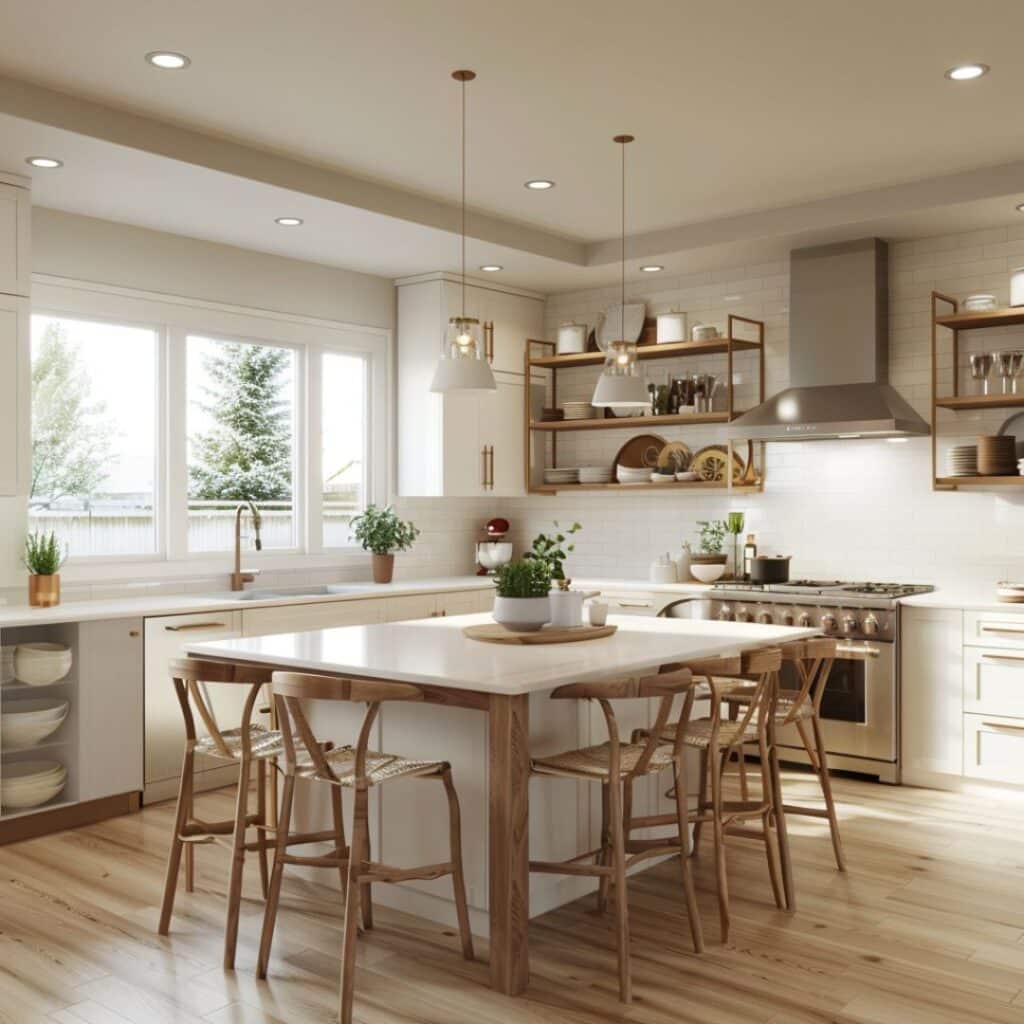
#7. Scandinavian Kitchen Sink
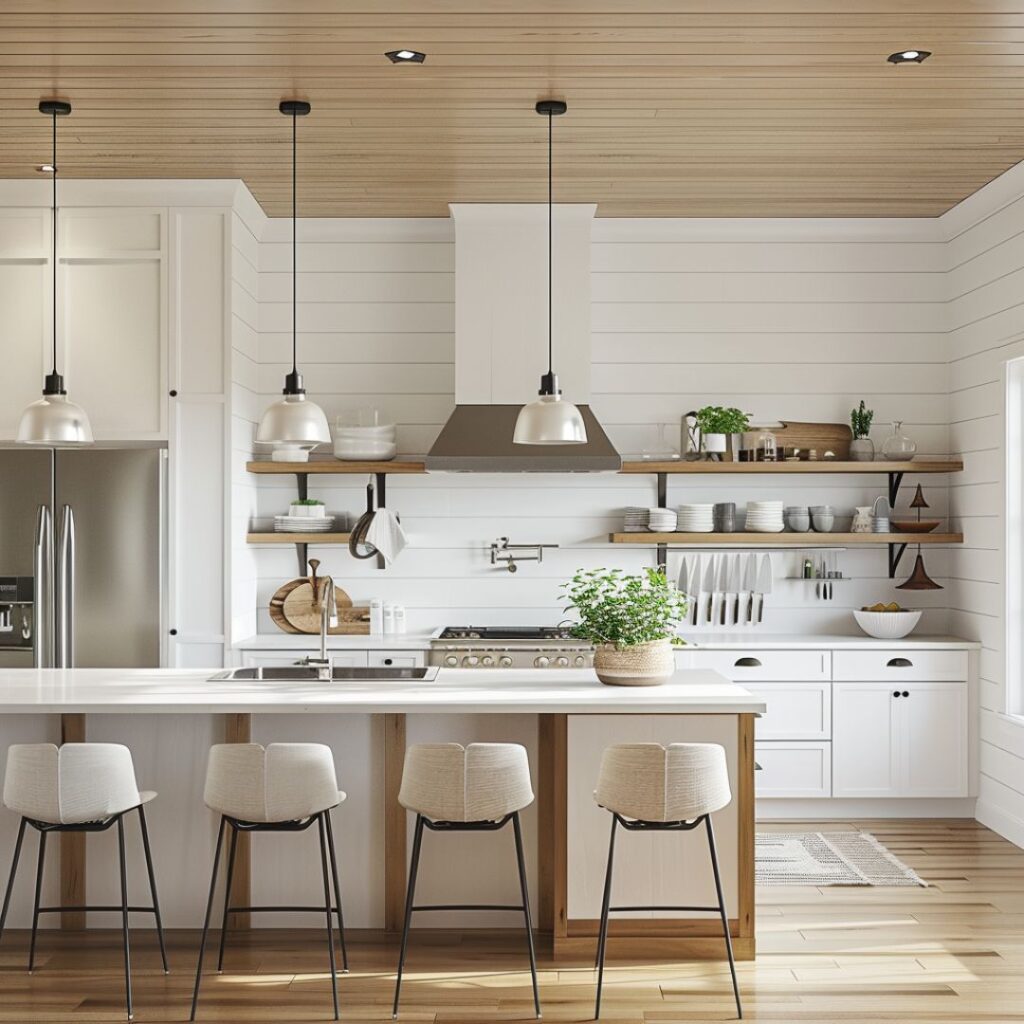
#8. Scandinavian Kitchen Shelf
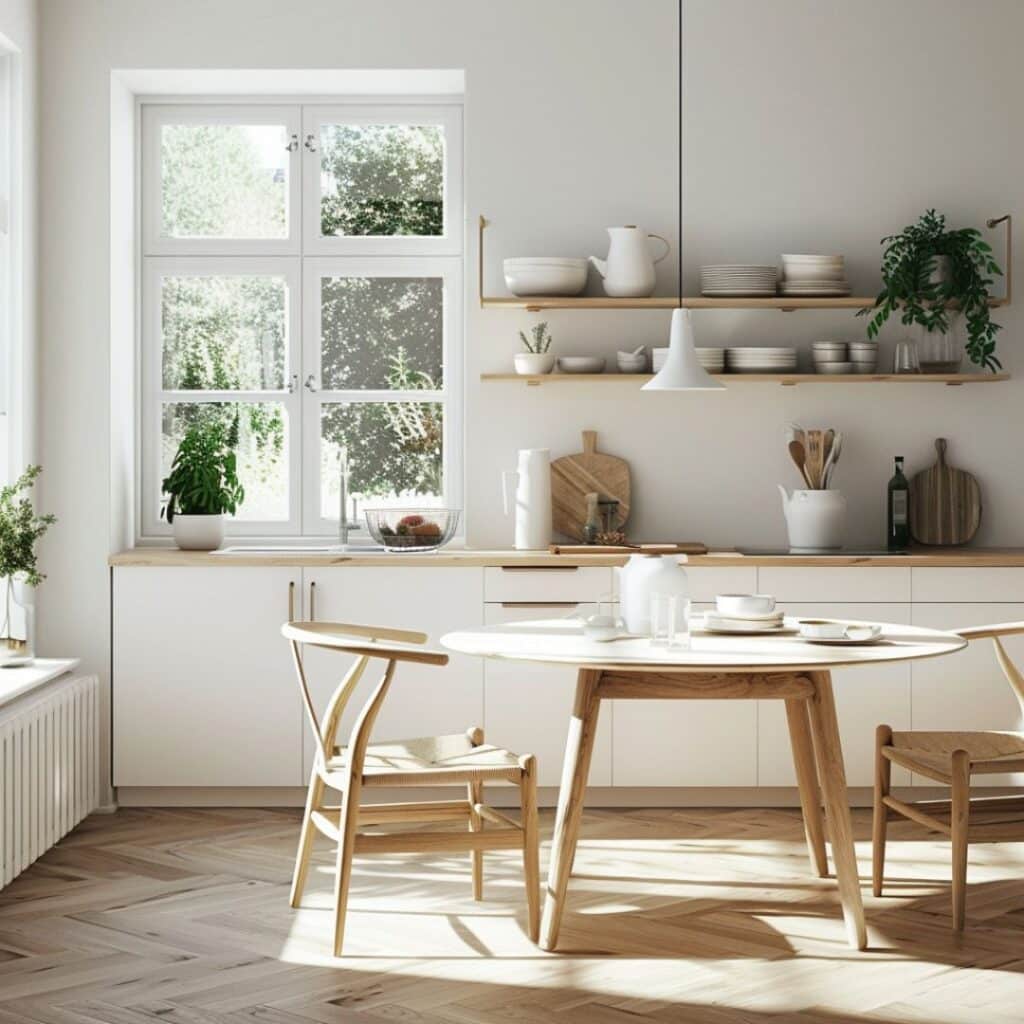
#9. Scandinavian Kitchen Light

#10. Scandinavian Kitchen Cupboard

#11. Scandinavian Kitchen Chairs
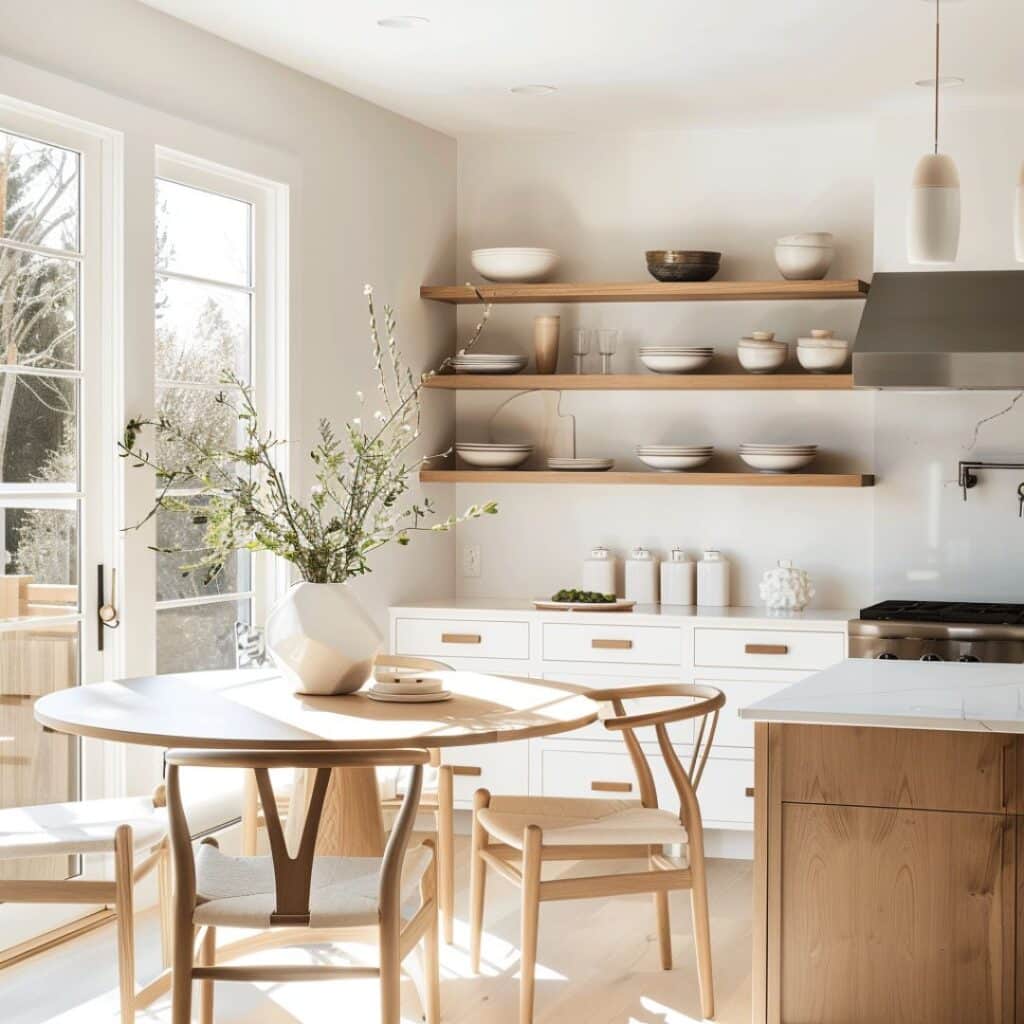
#12. Scandinavian Kid’s Room Interior Idea
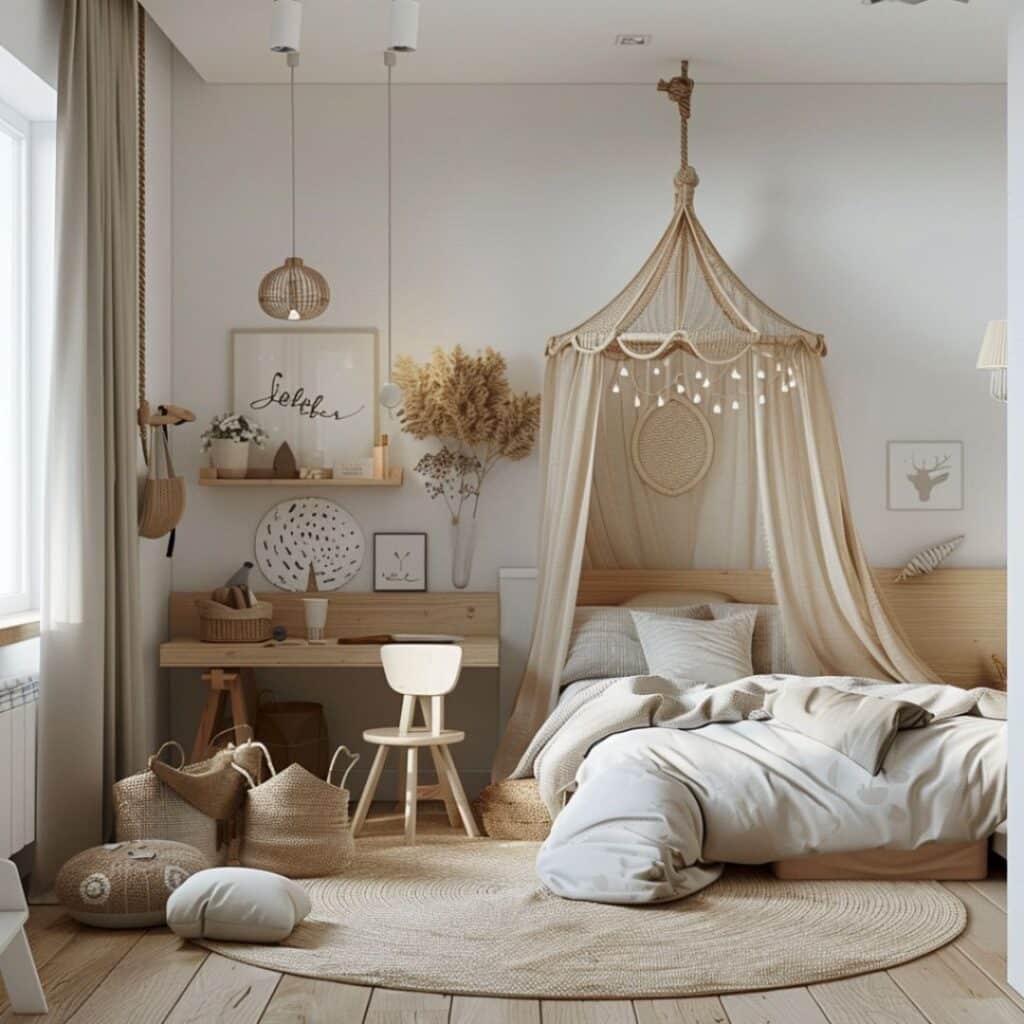
#13. Scandinavian Kid’s Room Interior Design
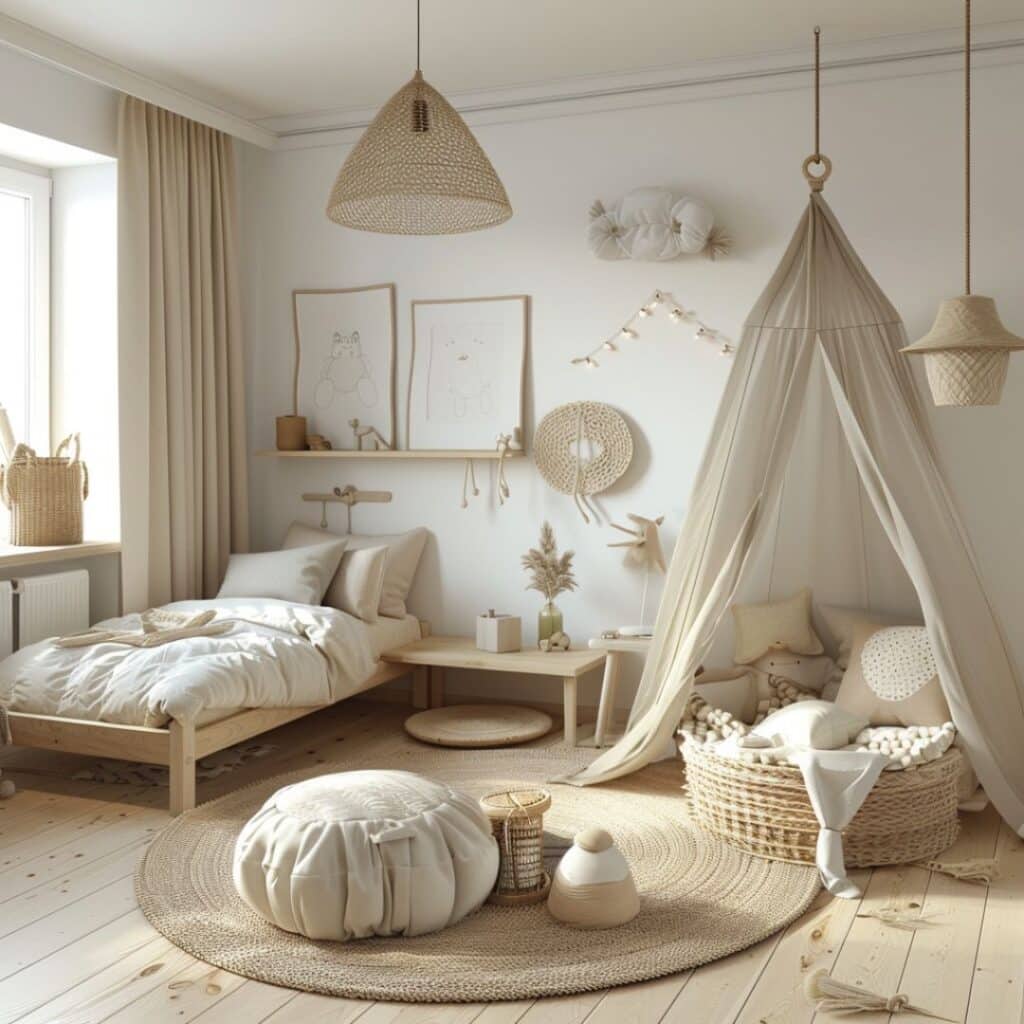
#14. Scandinavian Interior Design Living Room

#15. Scandinavian Bedroom Interior Idea

#16. Scandinavian Bedroom Interior Design
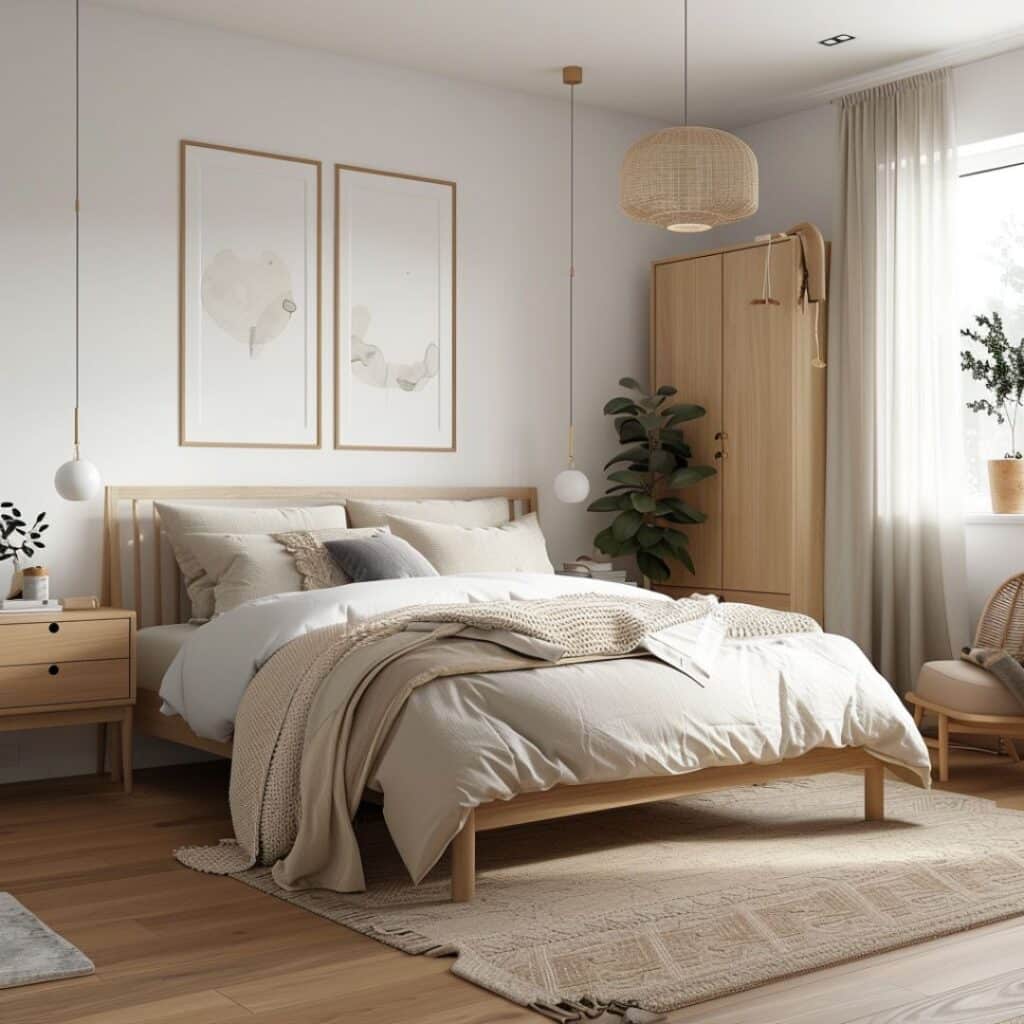
#17. Scandinavian Bedroom Design

#18. Scandinavian Bathtub
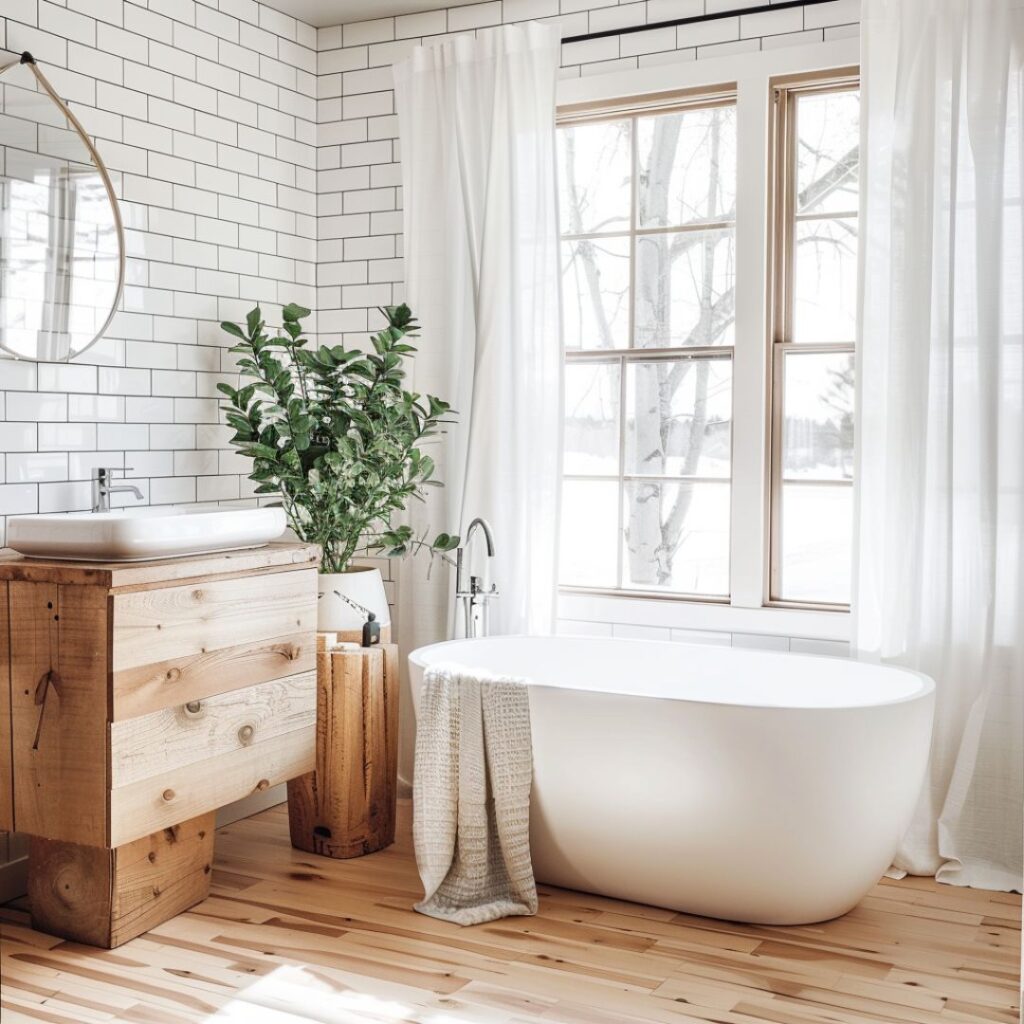
#19. Scandinavian Bathroom
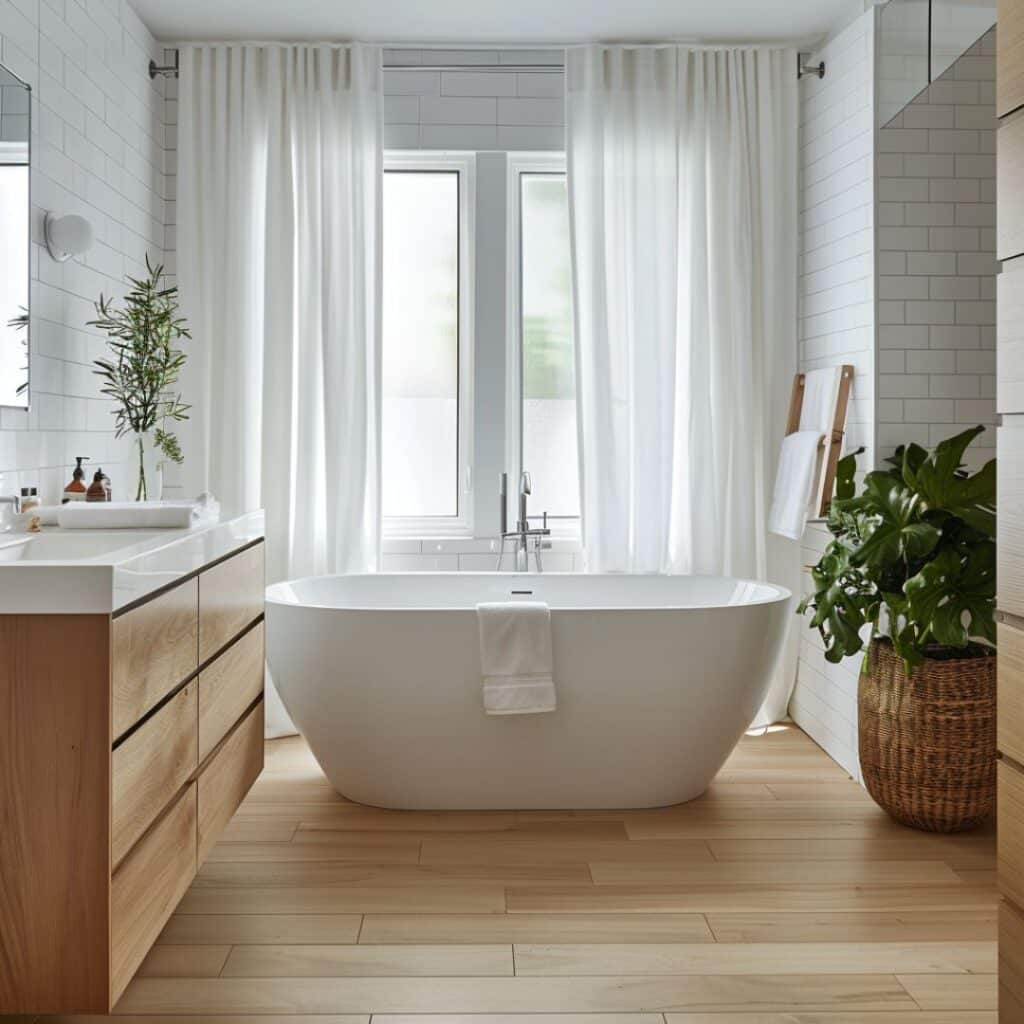
#20. Scandinavian Bathroom Window
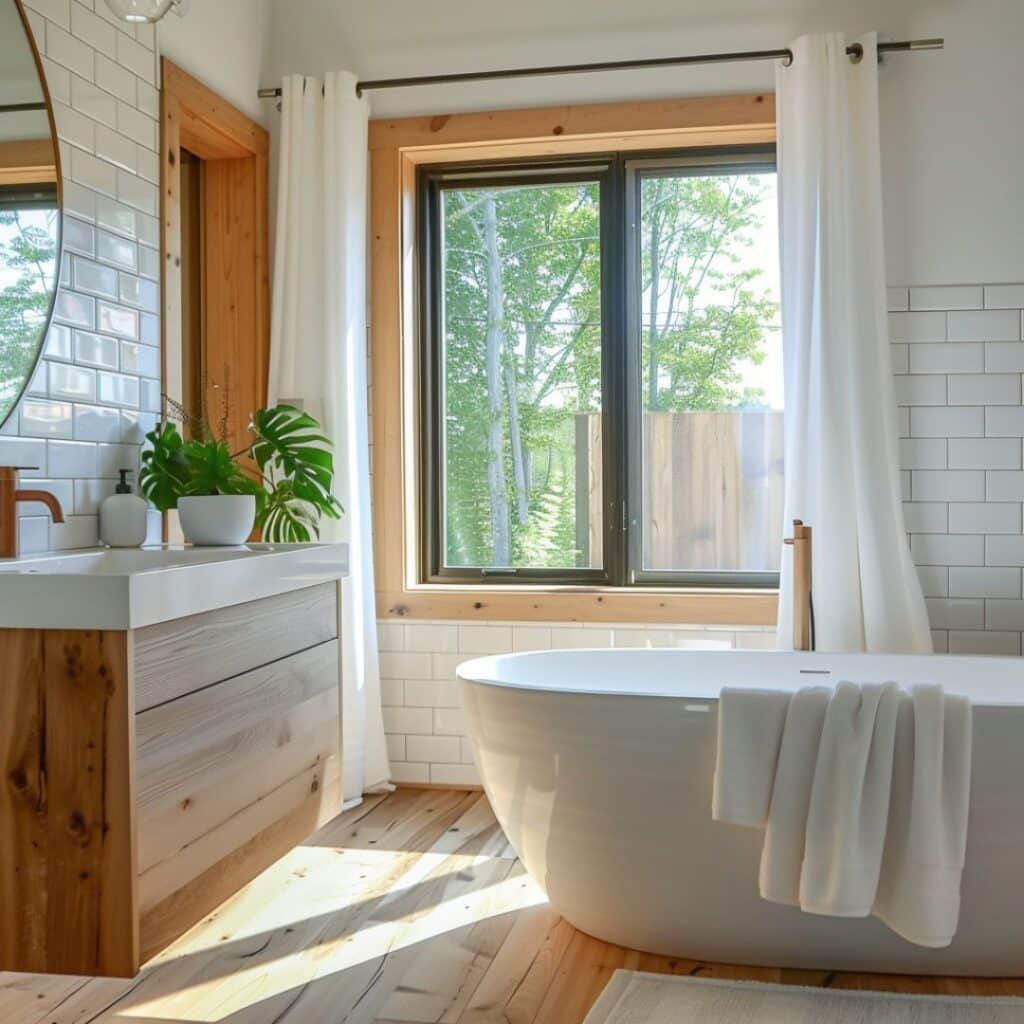
#21. Scandinavian Bathroom Indoor Plants
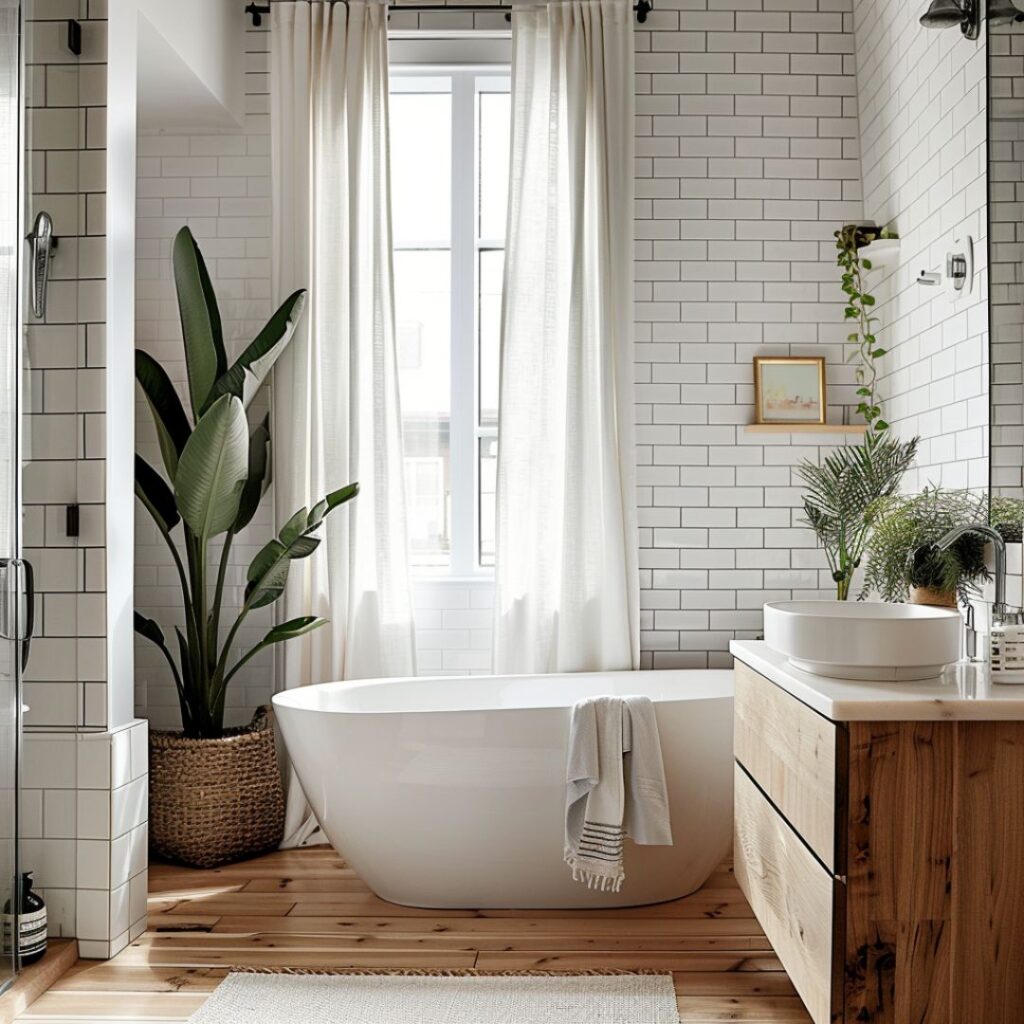
Key Principles of Scandinavian Interior Design
Scandinavian interior design prioritizes tranquility and practicality, sharing common ground with Modern interior design in its emphasis on clean lines and functional spaces.
Simplicity and Functionality
Scandinavian interiors embrace minimalism and efficiency. Rooms feature clean lines and straightforward forms without unnecessary decorations. Multifunctional furniture, like a sofa bed or a dining table with storage, adds both elegance and practicality.
Natural Elements and Light
Natural materials and ample daylight characterize Scandinavian homes. Wood, wool, and stone bring warmth and nature into interior spaces. Large windows let in light, creating open and bright environments that feel inviting and calm.
History of Scandinavian Interior Design
The roots of Scandinavian interior design extend deep into the early 20th century. Its origins lie in the desire for simple, functional, and aesthetically pleasing living environments.
Influences and Evolution
In the 1930s, Scandinavian design was heavily influenced by the German Bauhaus movement. This period emphasized modernism, functionality, and accessibility. Designers sought to create spaces that were not just beautiful but also practical.
During the mid-20th century, Scandinavian countries like Sweden, Denmark, and Finland began integrating organic shapes and natural materials. This blend resulted in softer, cozier interiors. The post-World War II era saw an inclination towards affordable and high-quality design, making Scandinavian interiors widely popular.
Famous Designers and Their Contributions
Arne Jacobsen, a Danish architect, played a pivotal role in popularizing Scandinavian design. He created iconic pieces like the Egg Chair and the Swan Chair, which combined comfort with elegant forms.
Alvar Aalto, a Finnish designer, introduced the use of laminated wood in furniture. His designs, such as the Paimio Chair, showcased curvilinear shapes and were both functional and aesthetically pleasing.
Swedish designer Greta Magnusson-Grossman brought Scandinavian design to North America. Her innovative work included the Grasshopper Lamp and Cobra Lamp, which highlighted simple lines and organic forms.
These designers and their contributions have left a lasting impact on the evolution of Scandinavian interior design, making it a timeless and beloved style.
Iconic Elements in Scandinavian Decor
Scandinavian decor remains admired for its practical beauty, combining simplicity with functionality. Focus on these key elements to achieve an authentic look.
Minimalist Furniture
In Scandinavian interiors, furniture features clean lines and minimalist interior designs. Pieces such as the Eames Lounge Chair and Arne Jacobsen’s Egg Chair epitomize this style. Designers favor multi-functional items, maximizing space without sacrificing aesthetic appeal.
Monochrome and Neutral Palettes
Scandinavian homes often use monochrome and neutral color schemes. Common shades include white, gray, and beige. These colors create a calm and inviting atmosphere, reflecting natural light to enhance the space’s openness. Pops of black or muted pastels can add depth without overwhelming simplicity.
How to Incorporate Scandinavian Design in Your Home
Making Scandinavian design part of your home combines simplicity, functionality, and minimalism, much like Bauhaus interior design, which emphasizes form and function.
Choosing the Right Colors and Materials
Opt for neutral color schemes. Use white, gray, and beige for walls and large surfaces. Introduce pops of black or muted pastels to add depth.
Select natural materials. Wood, stone, and leather are central. Light woods like pine or birch work well for flooring and furniture.
Mix textures for interest. Combine soft textiles like wool or cotton with sleek materials. This approach adds warmth and comfort.
Tips for Arranging Spaces
Create open, airy spaces. Avoid overcrowding by sticking to essential furniture pieces. Ensure that each item serves a purpose.
Maximize natural light. Use sheer curtains or no window treatments. This lets light fill the room, enhancing the airy feel.
Incorporate functional decor. Select items that blend utility with aesthetics, like elegantly designed storage solutions.







